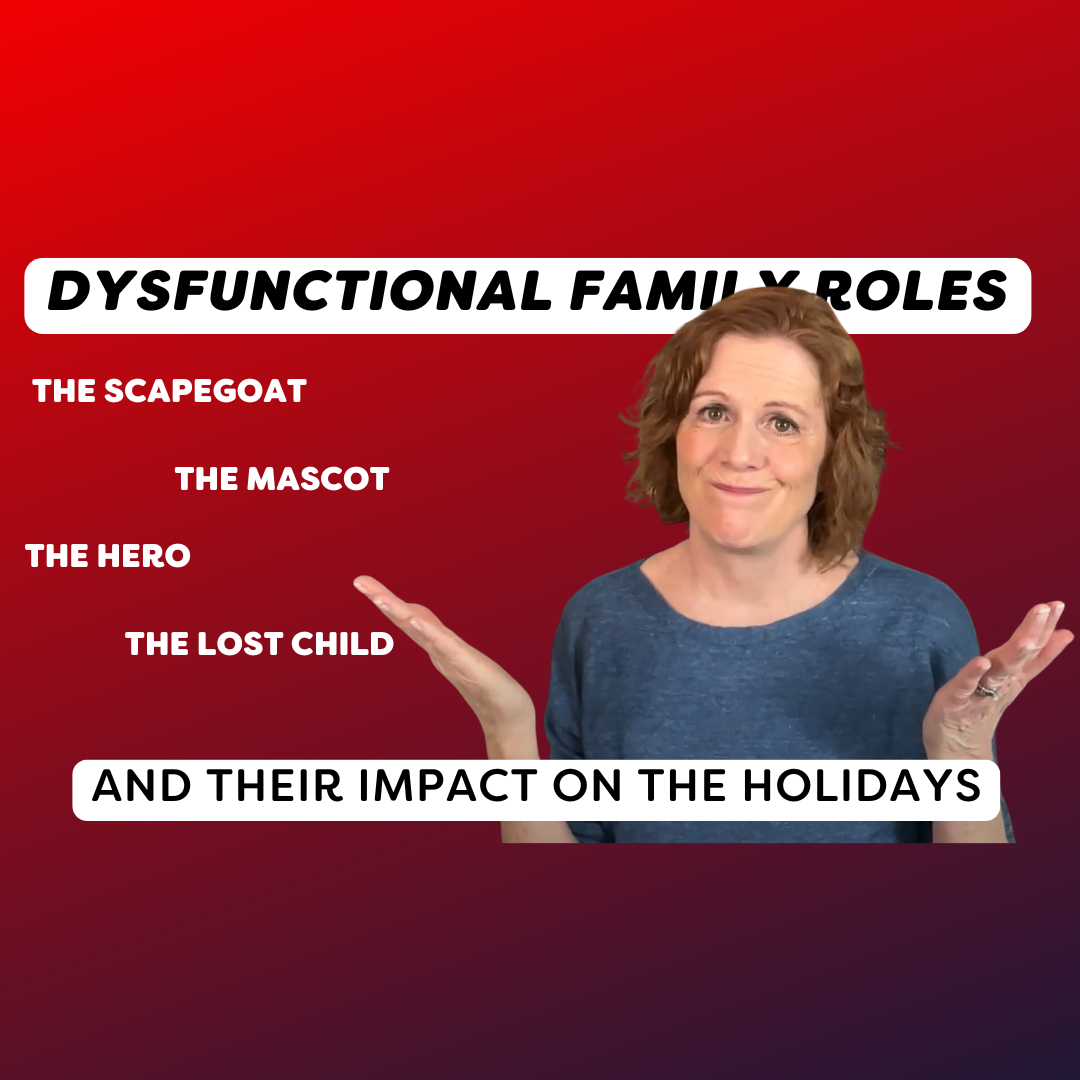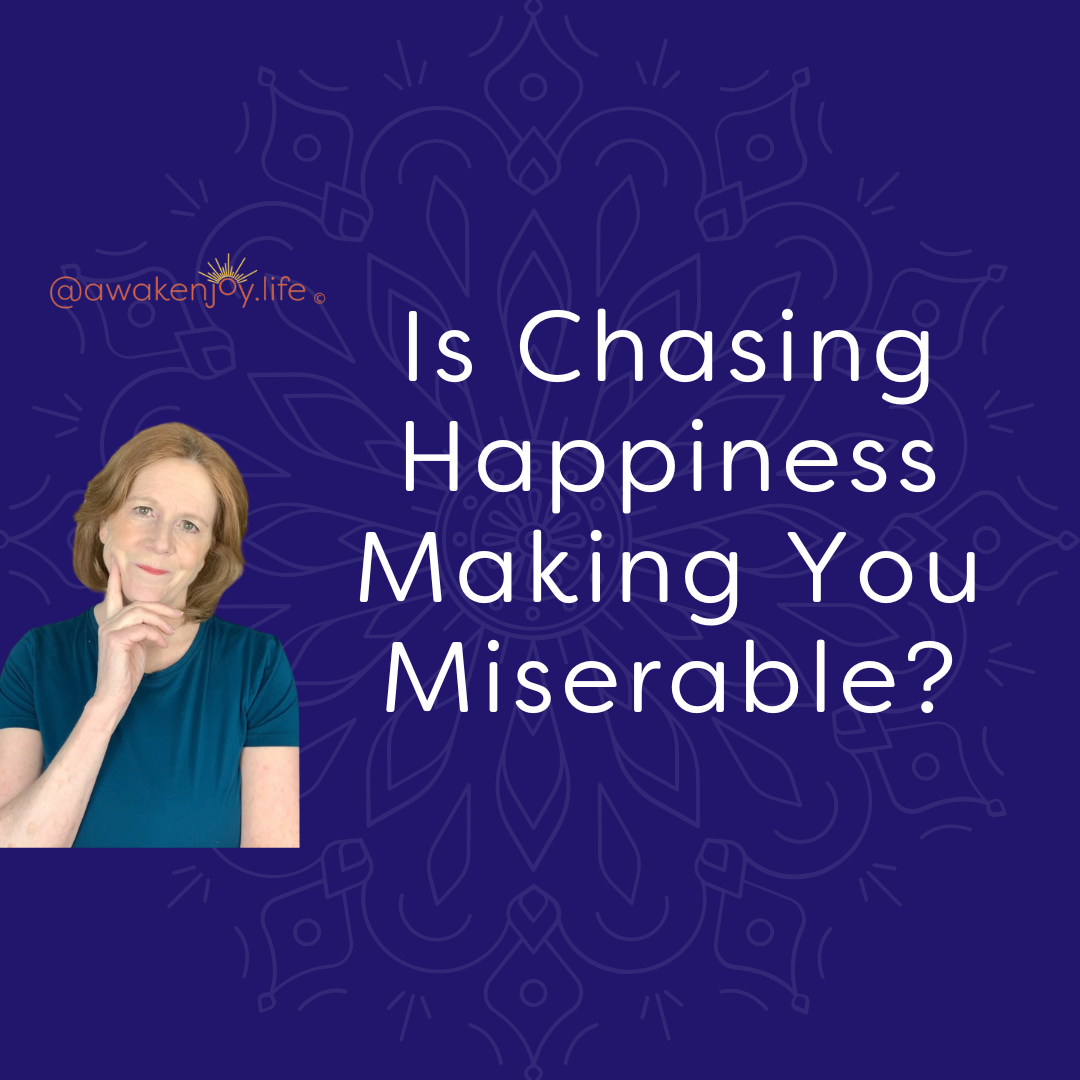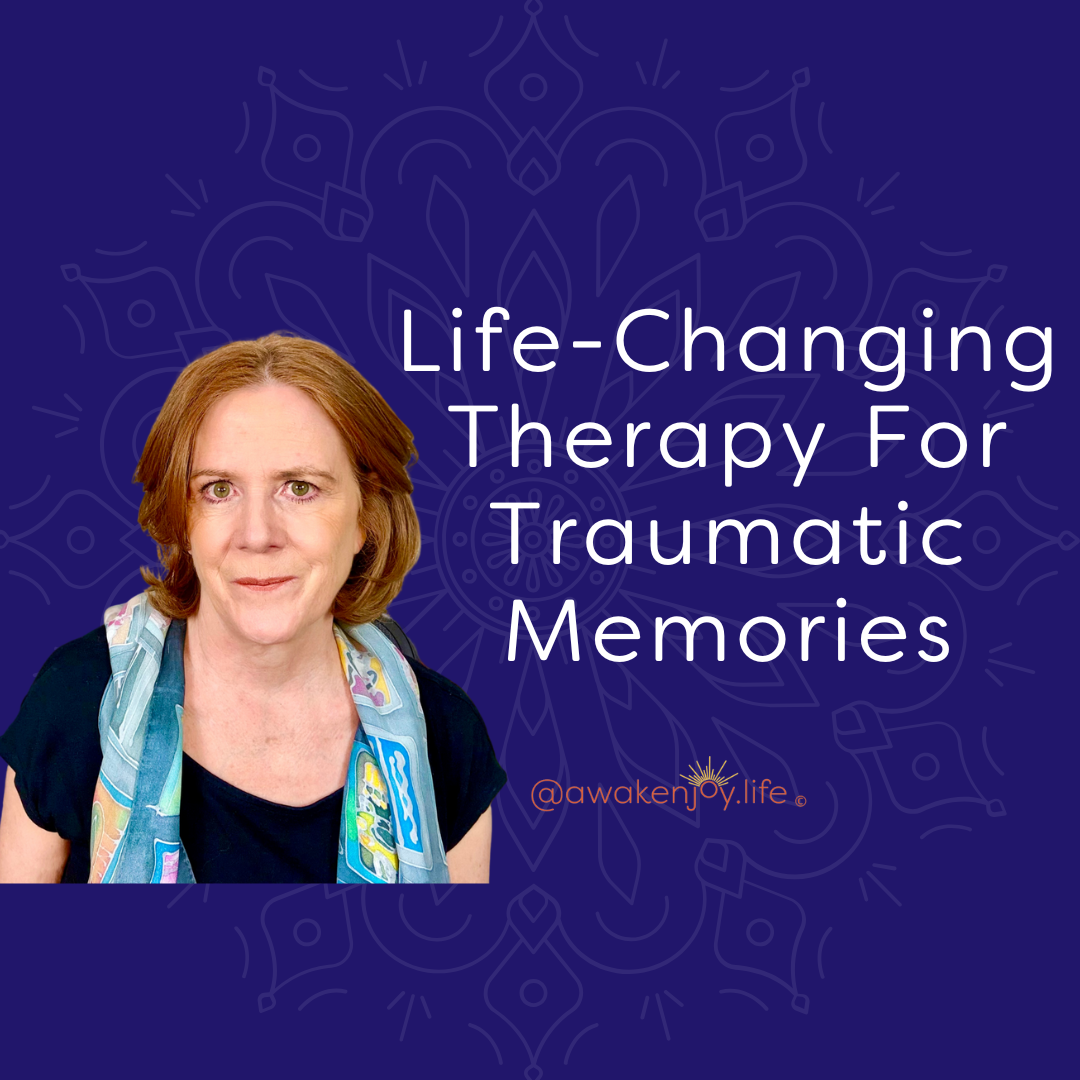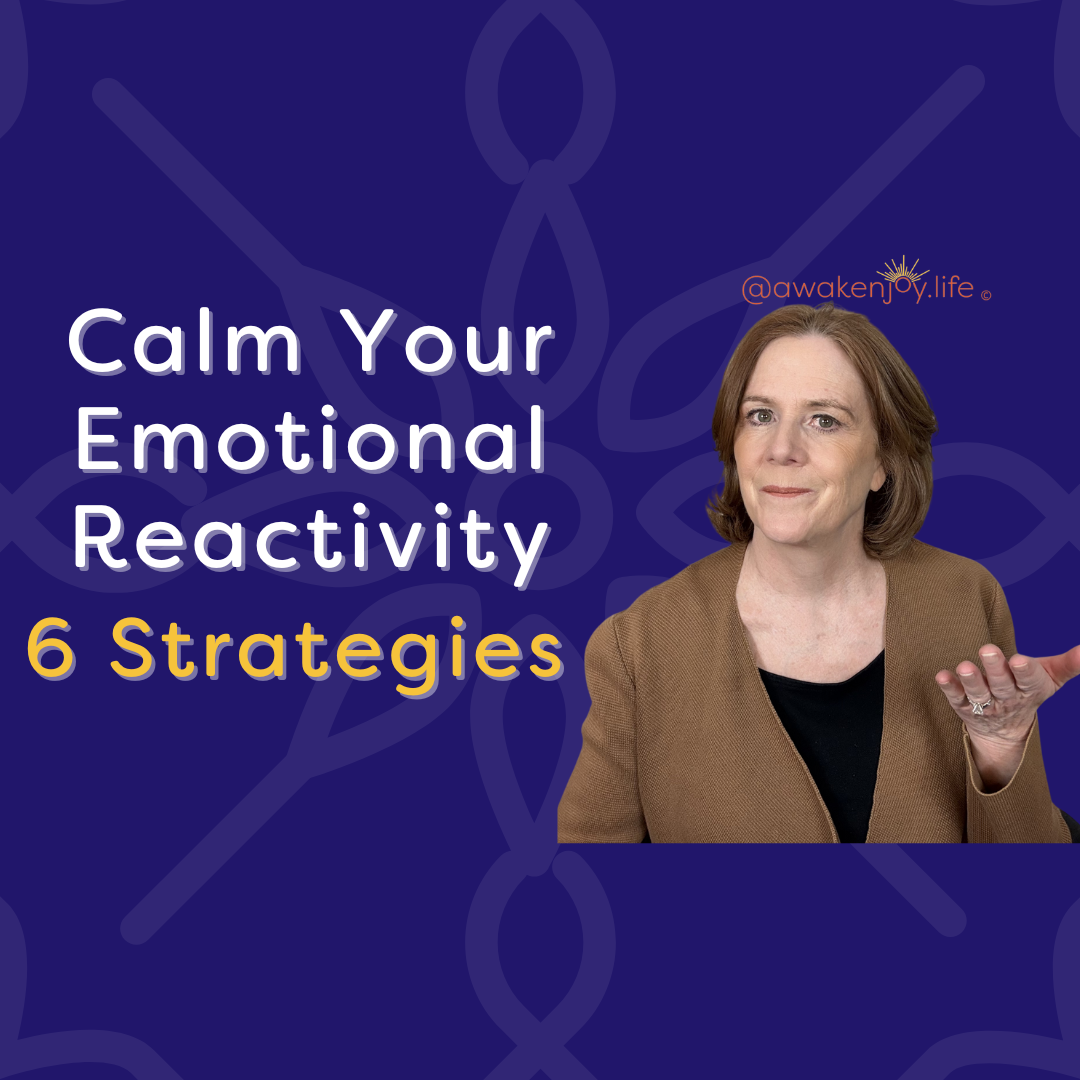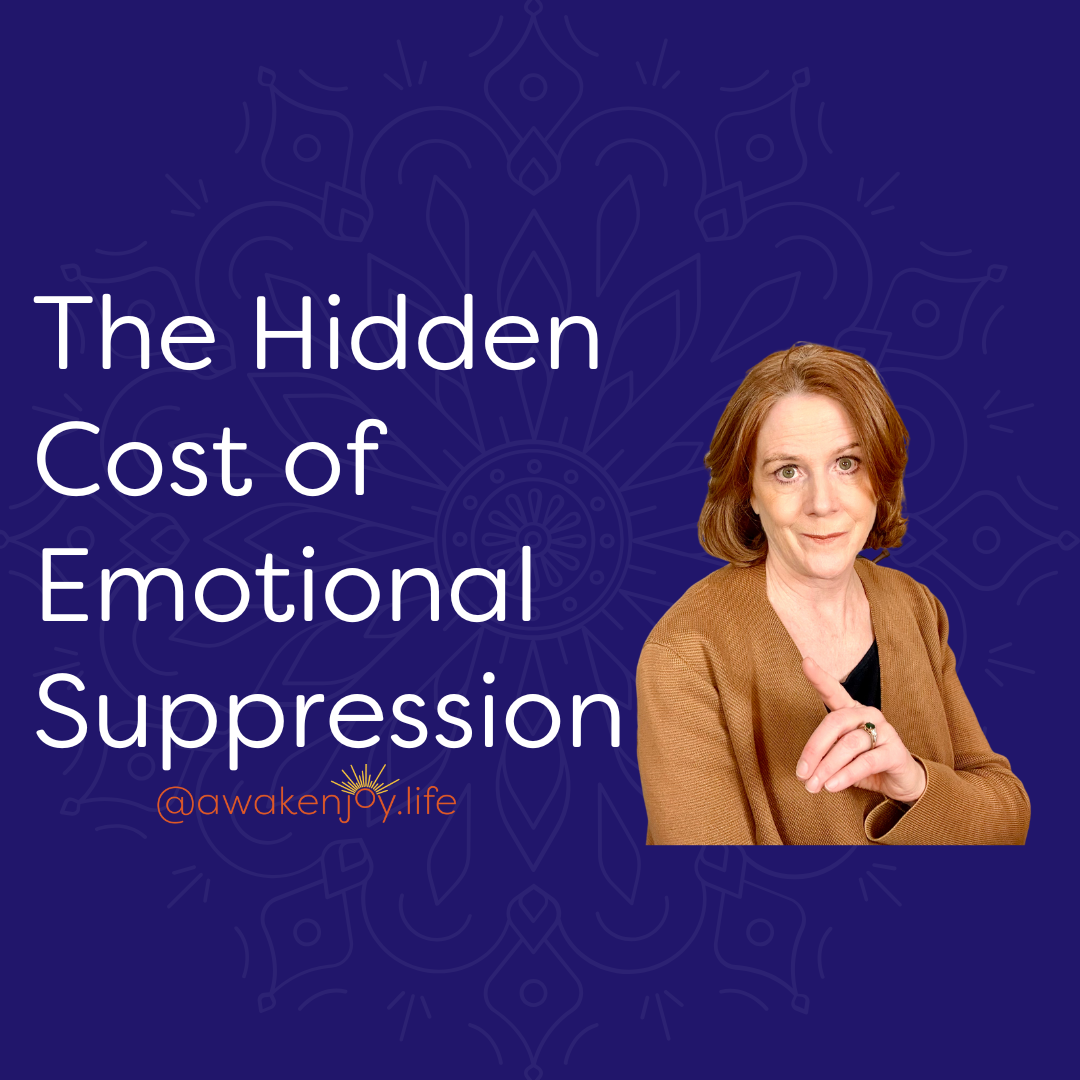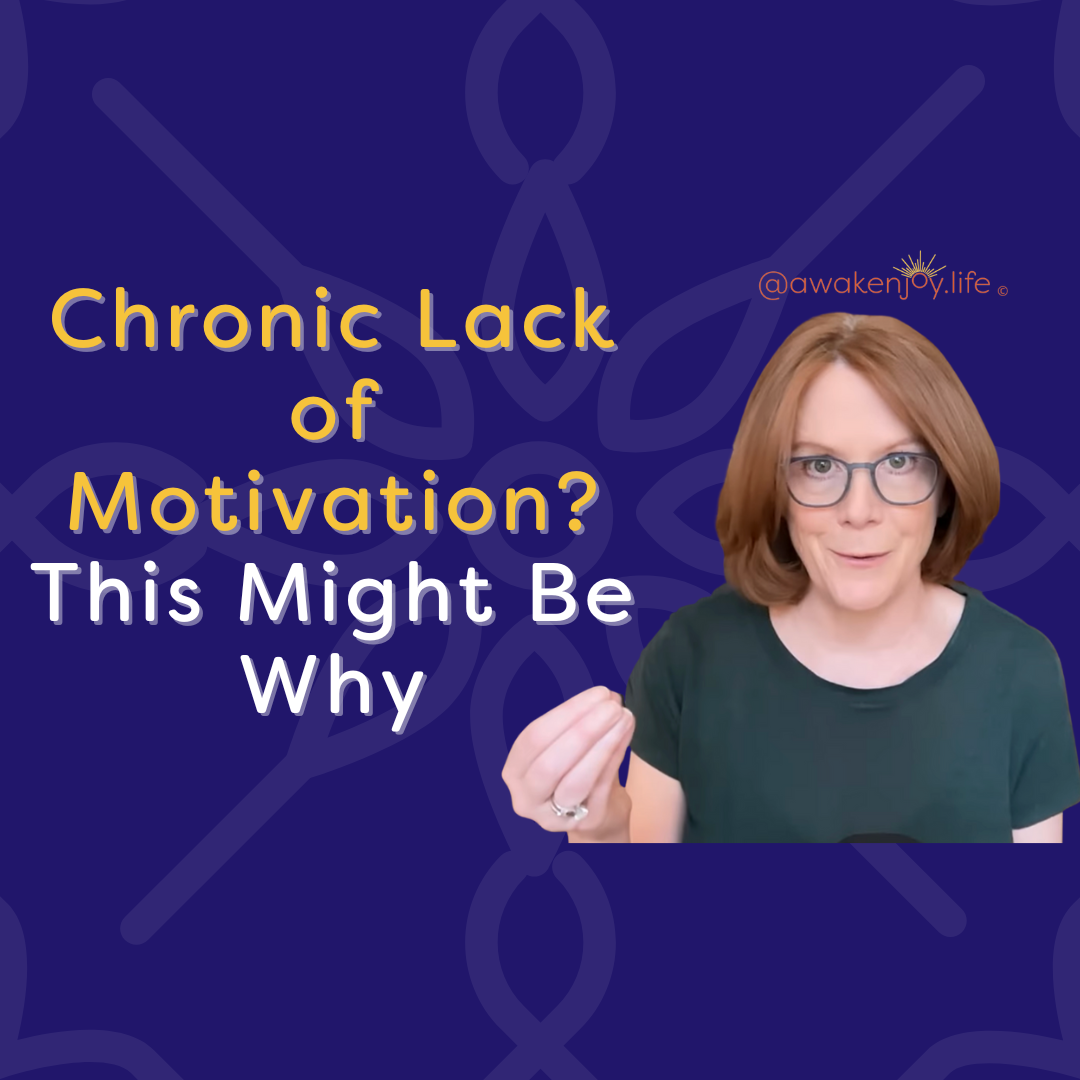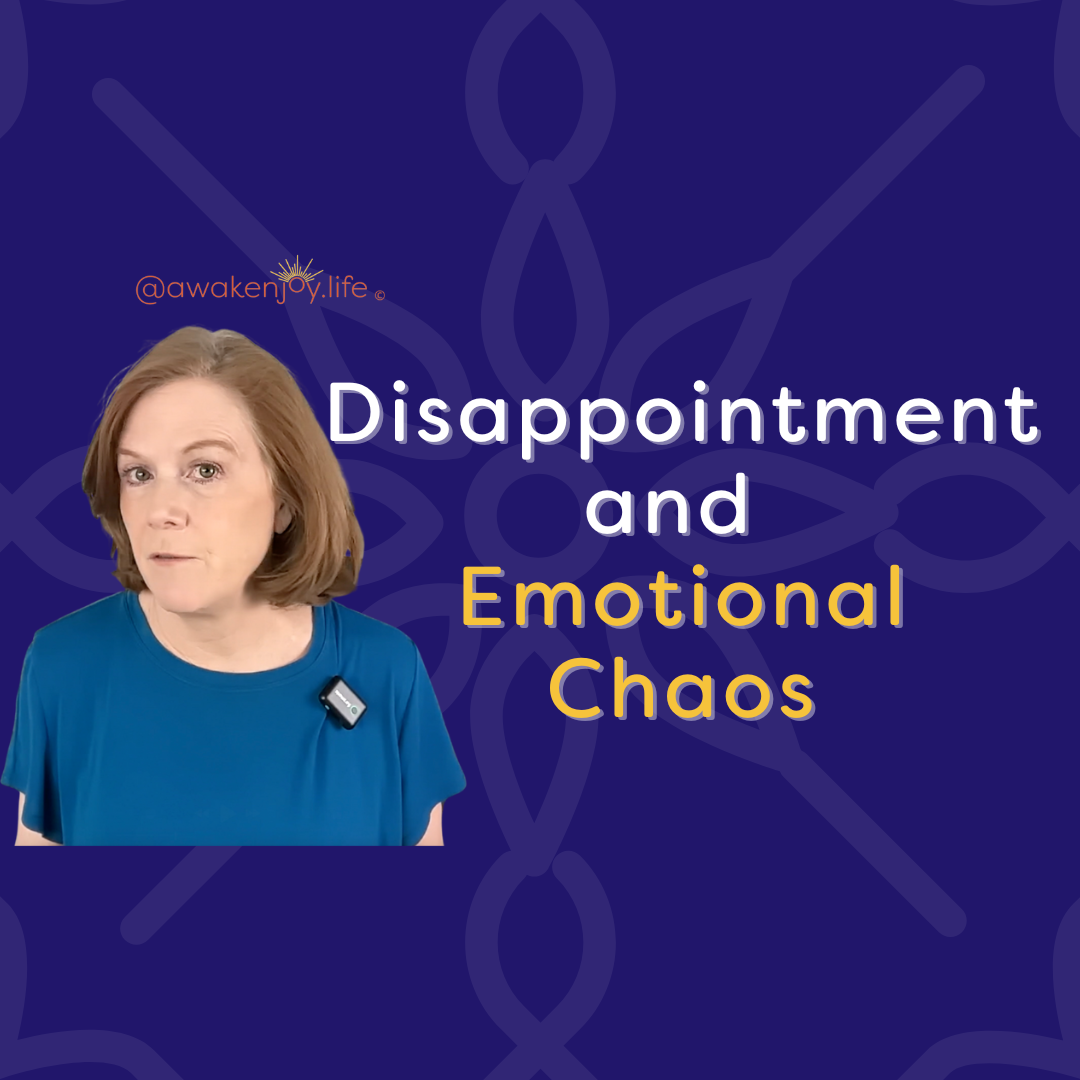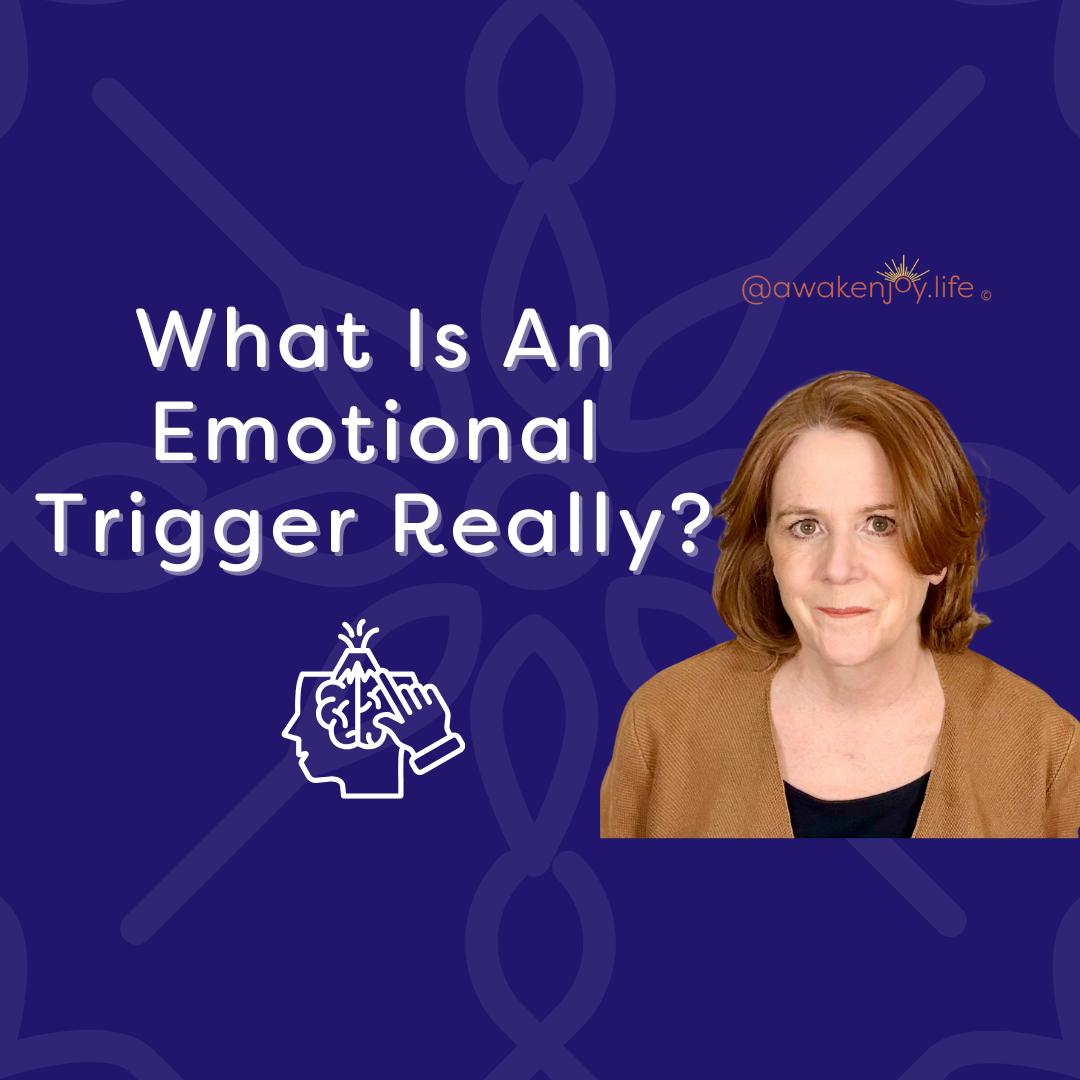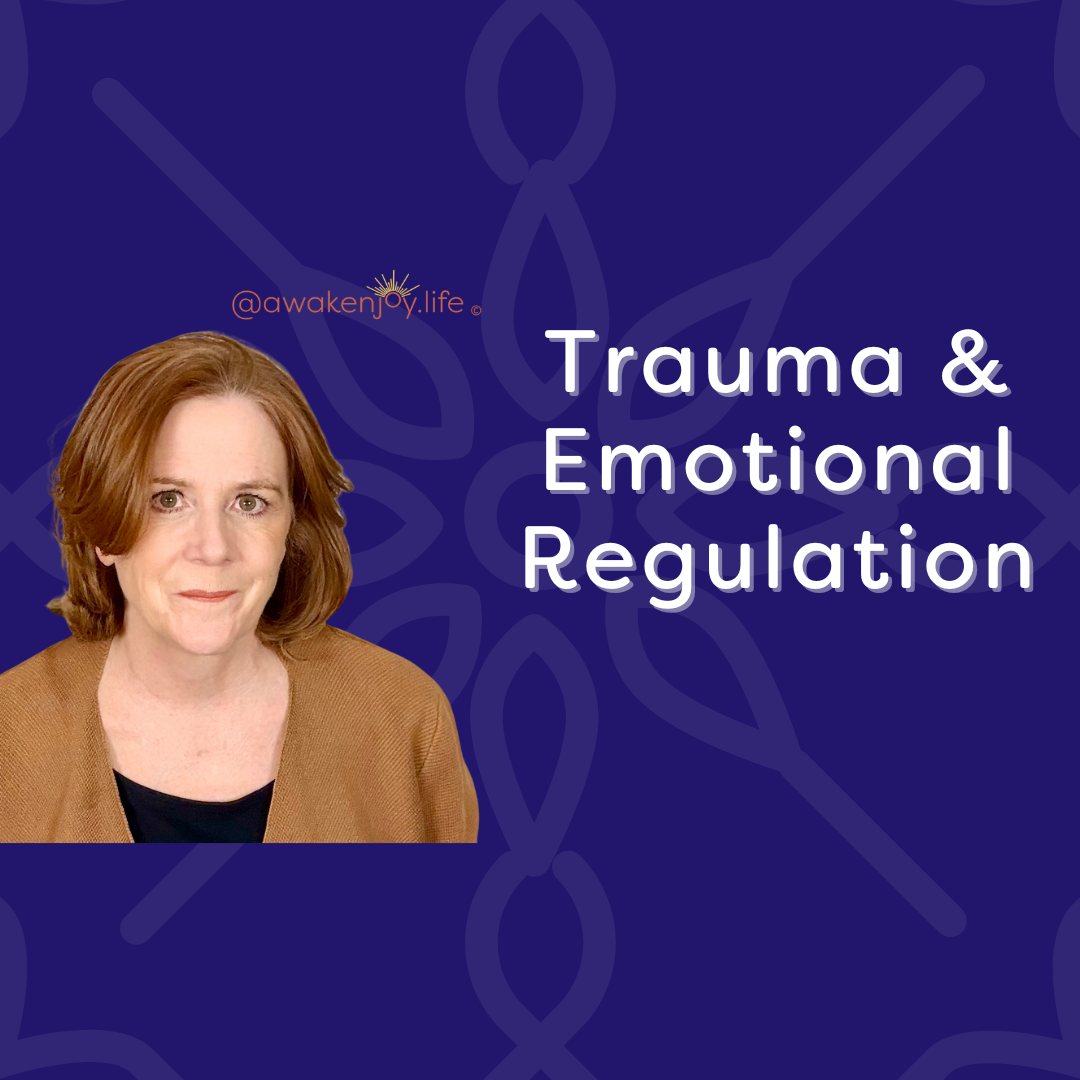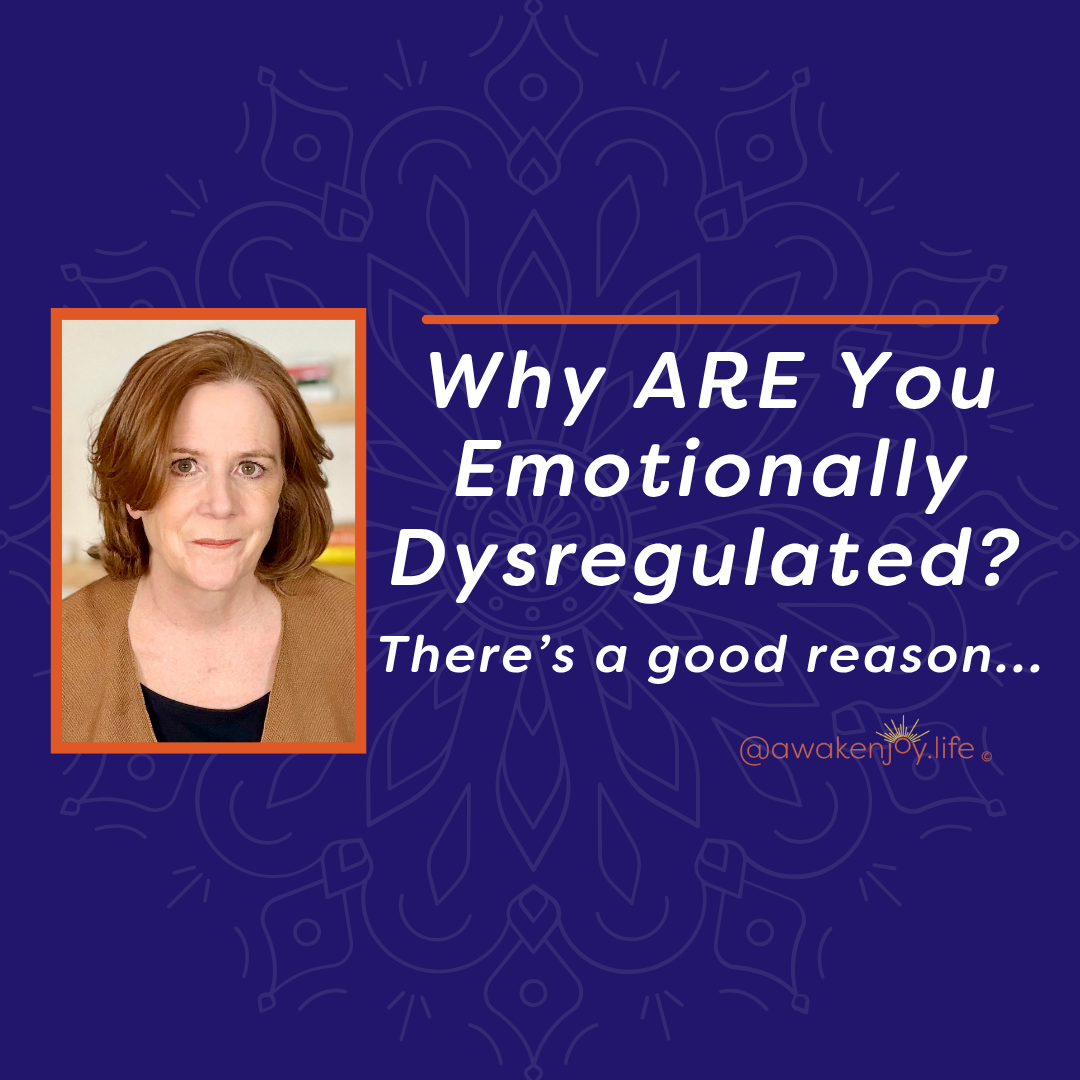What if Your Negative Beliefs are True?

You hear all the advice about changing your negative thinking, but...
...what if your thoughts are realistic?
Sometimes negative thoughts are valid, right?
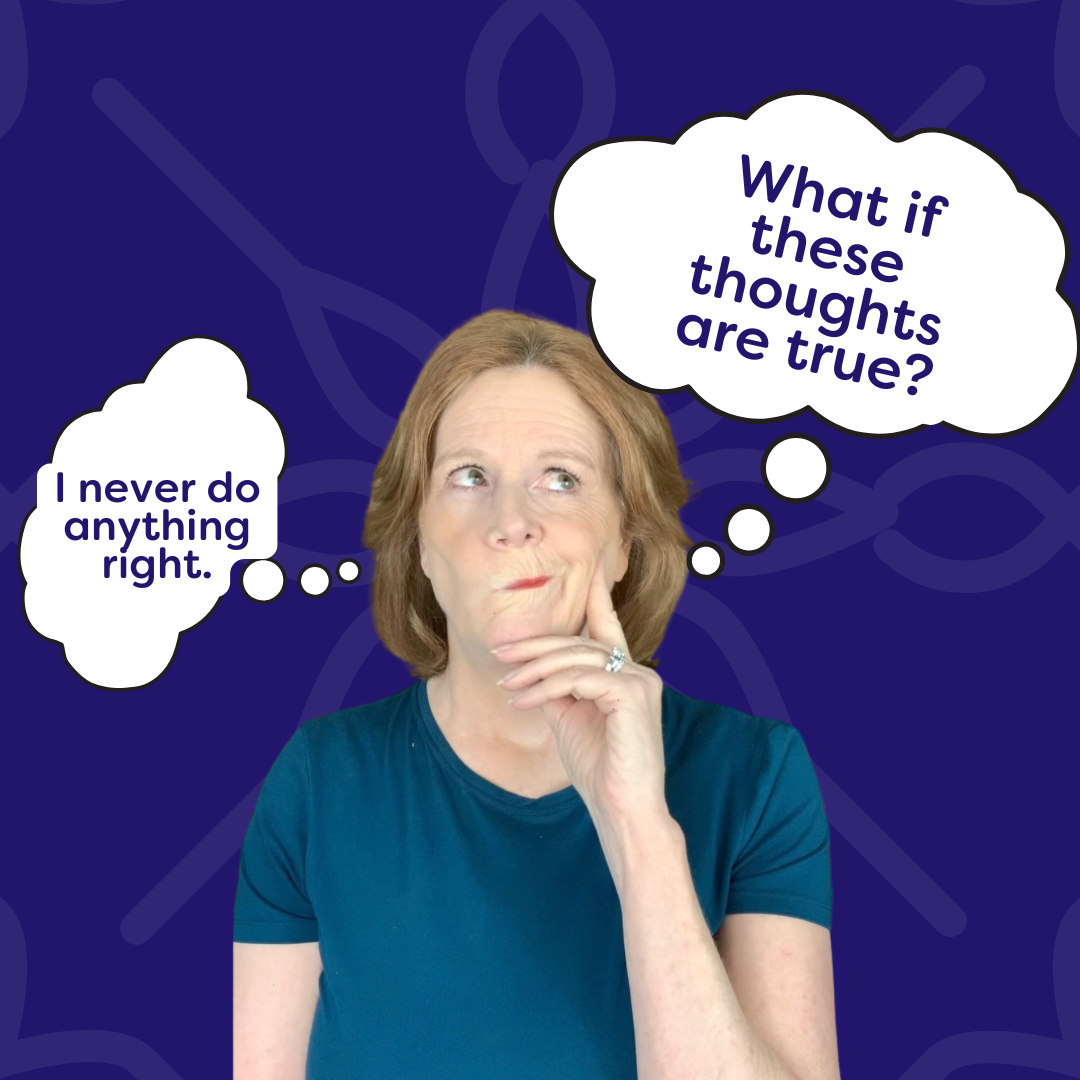
So how can you tell if your thoughts are realistic or if they fall into the untrue and problematic arena, the type of thoughts that are holding you back in life?
We all have tons and tons of thoughts every single day, and a good portion of them are negative. The human brain actually has something called a negativity bias which is geared to keep us safe. It's geared to protect us from danger. It helps us anticipate problems and then hopefully figure out solutions.
So some of our thinking is going to be overly negative because we do have the bias to be negative, but sometimes it's also realistic.
But If your negative thinking falls into a problematic category, it's well proven that it can lead to anxiety or depression or both. Chronic negative thinking has been tied to poor decision-making, decreased productivity and self-sabotaging behaviors. So those are some pretty serious consequences from chronic negative thinking.
So let's talk about whether your negative thinking is realistic or not.
I'm going to share with you six characteristics of problematic negative thinking, so you can think about whether your thinking falls into the problematic arena or if it is, in fact, realistic.
#1 Characteristic of Problematic Negative Thinking
Problematic negative thinking has very common themes, almost like a broken record. Now, I know a lot of people don't have that much experience with records, but I did when I was young and a broken record, if it's got a little skip in it, repeats, repeats, repeats, repeats.
Negative thoughts about yourself or the world that are on constant repeat become beliefs.
Common themes could be “I'm a loser.” “Life's unfair.” “The world is lousy.” “People are not trustworthy.” And these themes pop up in one situation after another.
#2 Characteristic of Problematic Negative Thinking
Problematic negative thinking is automatic. It pops up.
It doesn't take a lot of effort. You don't have to sit down and puzzle through what really was the problem.
Your brain just immediately goes … "Boom! That happened because:
- I'm stupid
- I'm a loser
- The world's unfair.”
And for some people, these thoughts are so automatic, they are intrusive, just popping up over and over.
#3 Characteristic of Problematic Negative Thinking
Negative thinking is not helpful, it is disempowering. These thoughts don't lead you to an action or a solution.
For example, If you were at a social event and you said something you shouldn't have said and your negative thinking is NOT problematic, you walk away from the event and you say to yourself, “Hm, I shouldn't have said that. I need to remind myself at social events to slow down and think things through a little bit more because sometimes I can pop out with these impulsive things. So I'm going to keep that in mind for the future.”
The type of negative thinking that is unhelpful would go over the situation and over it. And you’d probably be labeling yourself: “I'm rude.” “I'm stupid.” “People don't like me.” “Nobody likes me.” “I will never be able to overcome having done that.” Does that seem familiar?
The problematic negative thinking leaves you powerless because, well, if I'm just stupid, then there's nothing I can do about that. I'm just stupid. Or if I'm just rude, that's just inherently who I am, I can't do anything about it. So I might as well just sort of crawl into a hole in my room.
It doesn't lead to a productive action.
#4 Characteristic of Problematic Negative Thinking
The thinking is very distorted. It uses absolutes. It uses always or never. It uses “you statements” or statements like “The world is…”.
“The world is lousy.” “Life is unfair.”
Those are very definitive, absolute statements. There's no nuance. There's no sophisticated analysis happening.
“I'm worthless.” It's just a blanket statement, completely one-sided.
This is where the concept of cognitive distortions can come in.
Problematic negative thinking often involves Labeling, Magical Thinking and Catastrophizing.
If you can mentally open up a little bit in order to say to yourself, “Okay, cognitive distortions have been pretty well proven through lots of research and lots of study of the human brain. And distorted means it's distorted. It's not true. So if I'm using cognitive distortions in my negative thinking, let me at least open my brain up a little bit to say, okay, maybe it really isn't true and I am just stuck in it.”
And it's that type of willingness that really will help you change this in the long run.
#5 Characteristic of Problematic Negative Thinking
These thoughts are so believable to you that it is hard for you to question them. You might just accept these as facts about yourself and the world. You may not even be led to question them until people start telling you to question them.
Or you might know this thought is distorted and I should question it. But you really can't because you believe it so firmly.
[So I talk about this in a video that I recently released that I would highly recommend you watch, called Overcome Limiting Beliefs. And I do have a section in there where I talk about the clients I had when I was a psychotherapist who held these negative beliefs about themselves so intently they would argue with me about them. And I talk a little bit about why that is and where that comes from in that video].
But basically negative statements on repeat equal beliefs. And I guess your beliefs can come from having that negative thinking on repeat, but probably those beliefs developed very, very early, which is one reason it's really hard to question them.
The earlier this thinking developed, the more ingrained it is in the older parts of your brain, the emotional brain. It's subconscious. It's just automatically there.
Okay, I'm going to share with you the sixth characteristic, and then I'm going to run through a couple of questions that will help you think these things through.
But before that, I want to share two things. One is that I have a free PDF on
Transform Your Negative Core Beliefs. Negative core beliefs are almost always at the root of negative thinking. This PDF helps you identify what that core belief is for you, why it might've developed and it gives you some techniques to transform it. And then I also have a free webinar called
Rewire Your Brain for Joy and Confidence. In this webinar, I discuss the negativity bias that we have and how our brains get trained through our patterns and life experiences in a way that can hold us back. Repetitive grooves are created in our brain, but these can be rewired. I encourage you to utilize both of those resources.]
#6 Characteristic of Problematic Negative Thinking
The sixth characteristic of problematic negative thinking is that it's rigid. Rigidity of thought has been tied to unhappiness. The healthiest kind of thinking is flexible. It adapts to situations and changing information, changing experiences. And most repetitive negative thinking is very rigid. “This is how it is. And anybody who doesn't believe this is wrong and stupid and naive. Anyone who doesn't believe that the world is a lousy place is naive.”
There's no room for other opinions. There's no room to say, “Maybe my thoughts aren't quite true. Maybe the beliefs that have developed from my thoughts have been biased.” So if you can identify that rigidity in your thinking, it helps to point to you that your thinking is not the “needed” thoughts that are negative, but the problematic thinking. And the problematic thinking can be changed!
Questions to help you think about your thinking
Thinking about your thinking is called metacognition. It is a great tool for distancing from our thoughts enough to analyze them.
Cognitive fusion is fusing with your thoughts, becoming one. Cognitive defusion helps you separate from your thoughts so you can look AT them, not be IN them..
- How familiar are these thoughts?
- When did you first have these thoughts?
- Was there an initial incident that led you to thinking this way about yourself or the world? Or have you kind of just always thought this way?
- Are you able to see this situation from multiple perspectives?
- Are you able to see that somebody might have a different view of you or a different view of the world that is valid?
- Is the story that you're telling yourself with these negative thoughts, does it give you the power to act? Is it an empowering story or a disempowering story?
Next week I’ll be releasing a video and a blog on how to challenge your negative thinking, focused on the solution, Today’s blog was focused on helping you identify whether you should consider changing your negative thinking, whether you should consider these thoughts as false, as invalid.
Because if you don’t begin to question the validity of your negative thinking, making any progress toward changing this thinking will be very difficult. Believing it is possible is key!
Begin by watching your thoughts, observing them, and analyzing them, so you can watch the thought instead of watching the world through those thoughts.
Okay, I truly hope this was helpful. Please comment below and let me know!
Blog Author: Barbara Heffernan, LCSW, MBA. Barbara is a licensed psychotherapist and specialist in anxiety, trauma, and healthy boundaries. She had a private practice in Connecticut for twenty years before starting her popular YouTube channel designed to help people around the world live a more joyful life. Barbara has a BA from Yale University, an MBA from Columbia University and an MSW from SCSU. More info on Barbara can be found on her bio page.
Share this with someone who can benefit from this blog!
